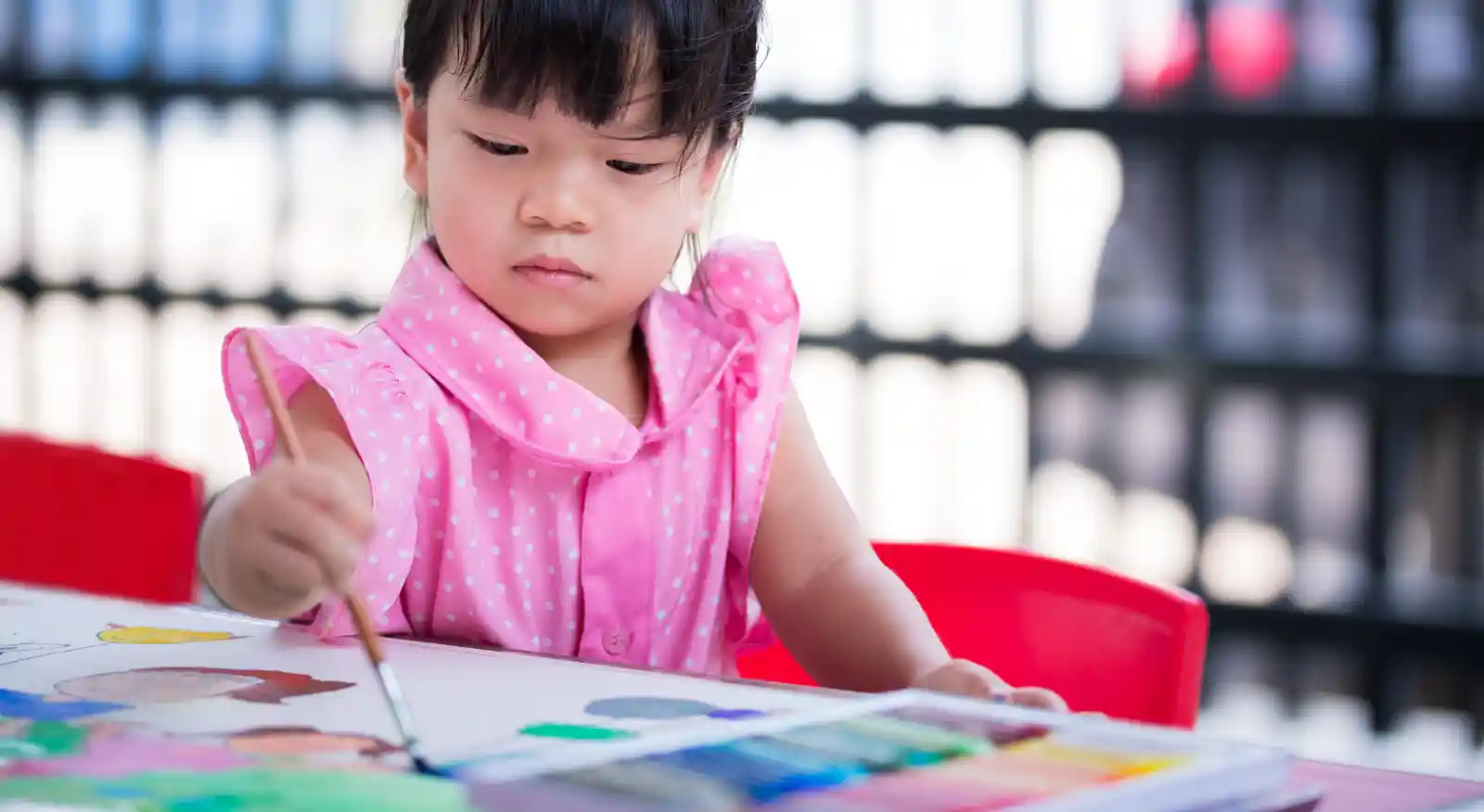
Cultivating Patience and Focus Through Art Practice
In a world dominated by instant results and constant digital stimulation, both children and adults struggle with attention spans and patience. Yet these very skills—focus and patience—are crucial for success in school, work, and life. How do we nurture them in a meaningful way?
One powerful, often overlooked method is through art practice.
Whether it’s painting, drawing, sculpting, or even mosaic making, art encourages individuals to slow down, concentrate, and trust the process. More than just a creative outlet, regular engagement with art helps shape the mental discipline needed to stay present, manage frustration, and work steadily toward goals.
Let’s explore how art naturally cultivates patience and focus—and how you can introduce it into your routine for lasting benefits.
1. Art Is a Process-Oriented Activity
Unlike fast-paced games or instant media, art takes time. Each project involves steps: planning, sketching, layering, refining. There’s no “quick win” in painting a detailed landscape or finishing a mosaic piece. Children and adults must learn to pace themselves, accept mistakes, and return to their work again and again.
This ongoing engagement teaches them the value of the process, not just the final product.
2. Fine Motor Skills and Concentration Go Hand-in-Hand
Drawing within lines, carefully painting small areas, or molding clay with precision all require steady hands and full attention. These repetitive movements naturally enhance concentration levels and help the brain get into a focused state—often referred to as flow.
Practicing this kind of sustained focus in art can help improve attention in other areas like schoolwork, reading, or even conversations.
3. Mistakes Are Opportunities to Learn
Art teaches a unique form of resilience. A paint drip, broken piece, or smudged line may seem like a setback—but often becomes part of the final artwork. This encourages children and adults to work through mistakes patiently, rather than give up.
Learning to adapt and problem-solve in a calm, creative way reinforces emotional regulation and mental flexibility.
4. Delayed Gratification Builds Discipline
In art, gratification isn’t instant. Sometimes a piece takes multiple sessions to finish. Drying paint, reworking details, or waiting for glue to set all involve waiting with purpose.
These moments help learners build delayed gratification, a trait closely linked to higher academic achievement, emotional stability, and goal-setting skills.
5. Repetition Develops Endurance
Just like sports or music, repeating certain techniques in art—shading, coloring, shaping—trains the mind and body to endure longer sessions without distraction. Over time, children who practice art regularly can sit and focus for longer periods, a skill that translates into improved study habits and classroom performance.
6. Mindfulness Through Creativity
Art naturally induces a state of mindfulness—a calm, focused awareness of the present moment. When drawing or painting, individuals slow their breathing, become immersed in the task, and disconnect from stress or digital distractions.
This helps reduce anxiety, improve mental clarity, and train the brain to stay focused on a single activity.
7. Builds Routine and Structure
Attending regular art sessions or setting aside weekly creative time encourages self-discipline and routine. It teaches learners to show up, follow steps, and commit to personal growth. This structure supports time management and builds healthy habits that benefit daily life.
8. Encourages Thoughtful Decision Making
Art isn’t rushed. Choosing the right color, determining composition, or planning a layout requires thoughtful, deliberate choices. Children and adults must weigh their options and consider outcomes—helping develop stronger decision-making skills.
Simple Ways to Use Art to Build Patience and Focus
You don’t need to be a professional artist to benefit. Here’s how you can use art at home or through classes:
- Coloring activities: Great for younger kids to improve hand control and focus
- Mandala art: Repetitive patterns that calm the mind and encourage detail-oriented work
- Watercolor painting: Involves layering and waiting, teaching patience
- Mosaic kits: Placing small pieces with precision develops fine motor skills and perseverance
- Sketching: Builds observation and concentration
These can be done at home, in school programs, or in community workshops.
Why Art Journey Makes a Difference
At Art Journey, we understand the deeper value of art beyond just fun. Our art sessions are designed to help children and adults develop patience, improve focus, and express themselves creatively in a supportive, low-pressure environment.
Our instructors guide students step by step, giving them space to slow down and enjoy the journey—not just the end result. We offer structured workshops, holiday programs, and customized art sessions that naturally build essential life skills while nurturing creativity.
